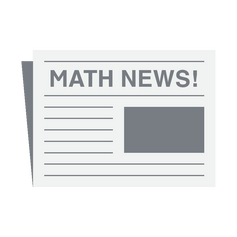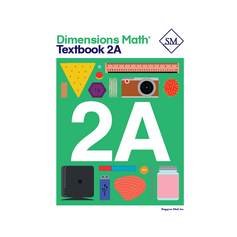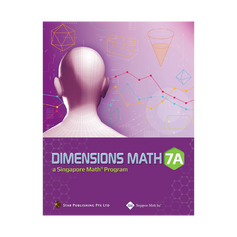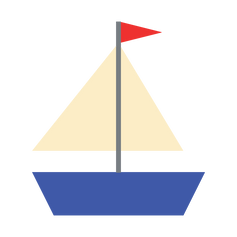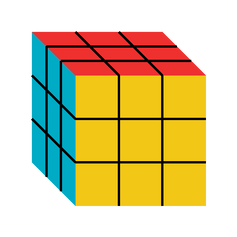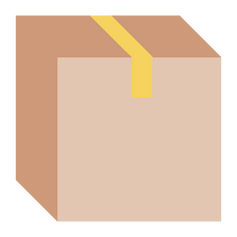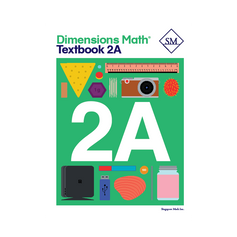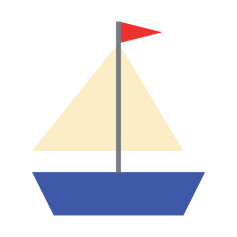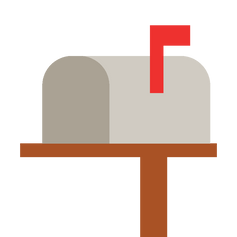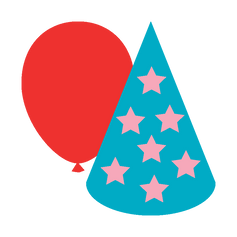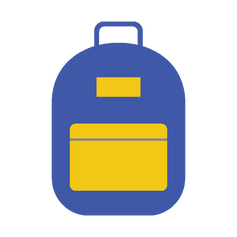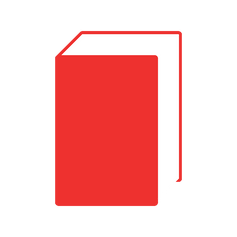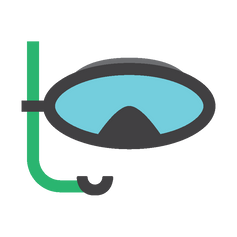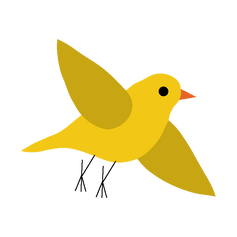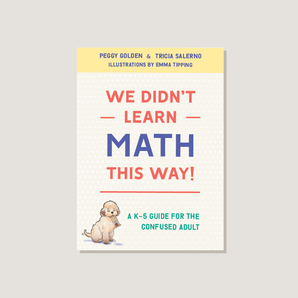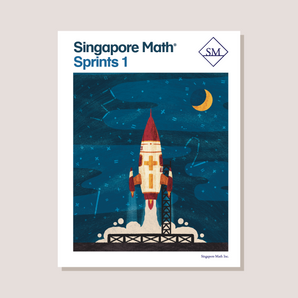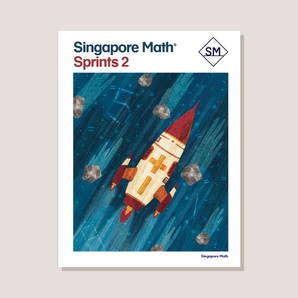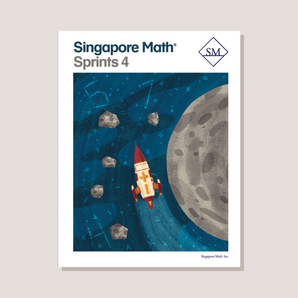Suggestions from our Head Curriculum Advisor
Below are detailed tips from one of our curriculum writers and head advisor, Jenny Kempe, to help you make the right choice for you and your student.
- Your student is generally competent in math and hasn't struggled with the topic much in the past.
- You want the most affordable curriculum with built-in differentiation that doesn’t require additional resources and can be used flexibly with most levels of ability. (Please note, Dimensions Math contains many practice problems to reduce the need for supplemental material. Students are not expected to do all problems in all lessons. Educators should pick and choose what's appropriate.)
- You are mostly confident in your ability to teach math and to fit the curriculum to your student’s needs, or are willing to gain that confidence by studying the content and the guides.
- You want your student to be exposed to more mental math strategies and a greater variety of problems, including more challenging ones.
- You want your student to be more advanced in math than a typical U.S. student, but still cover the Common Core Standards, though sometimes in an earlier grade level.
- You want the option to add a video subscription that covers each lesson very comprehensively.
- You enjoy math yourself or want to gain more depth in your own understanding of math.
- Your student is generally competent in math and hasn't struggled with the topic much in the past.
- You want the “original” that has been around for the longest time and has been successfully used for decades.
- You want the shortest lessons and workbook exercises. This is an efficient program.
- You are not concerned about Common Core Standards. (This was not written for U.S. standards. It was lightly adapted for currency and measurement from the Singapore curriculum.)
- You are willing to supplement with additional resources for more practice and challenge as needed. (This is a relatively spare program as it was designed to give teachers in Singapore time to do their own additional teaching. There are many great supplementary options that complement this series.)
- Your student struggles with math, and has difficulty moving to the abstract. (Of our core programs, this one is most suitable for students who struggle with math because its scope, pace, and reviews make it a more manageable curriculum. Please note, it can be used for all levels of ability and includes differentiated learning pathways.)
- You prefer to follow more scripted lesson plans without the need to modify much for ability.
- You want to cover only the topics covered in U.S. public schools for that grade level, but cover them with greater depth and understanding.
- You prefer a holistic approach to math that's more integrated with other subjects with emphasis on growth mindset, social and emotional learning, and preparing students for twenty-first century competencies. This program includes journaling, self-reflection, and STEAM activities.
- You are coming to Singapore math in Grades 4 or 5 and do not want to have any issues with transitioning from another U.S. curriculum because topics were not covered earlier.
"Use Dimensions Math if..."
- Your student is generally competent in math and hasn't struggled with the topic much in the past.
- You want the most affordable curriculum with built-in differentiation that doesn’t require additional resources and can be used flexibly with most levels of ability. (Please note, Dimensions Math contains many practice problems to reduce the need for supplemental material. Students are not expected to do all problems in all lessons. Educators should pick and choose what's appropriate.)
- You are mostly confident in your ability to teach math and to fit the curriculum to your student’s needs, or are willing to gain that confidence by studying the content and the guides.
- You want your student to be exposed to more mental math strategies and a greater variety of problems, including more challenging ones.
- You want your student to be more advanced in math than a typical U.S. student, but still cover the Common Core Standards, though sometimes in an earlier grade level.
- You want the option to add a video subscription that covers each lesson very comprehensively.
- You enjoy math yourself or want to gain more depth in your own understanding of math.
"Use Primary Mathematics U.S. Edition if..."
- Your student is generally competent in math and hasn't struggled with the topic much in the past.
- You want the “original” that has been around for the longest time and has been successfully used for decades.
- You want the shortest lessons and workbook exercises. This is an efficient program.
- You are not concerned about Common Core Standards. (This was not written for U.S. standards. It was lightly adapted for currency and measurement from the Singapore curriculum.)
- You are willing to supplement with additional resources for more practice and challenge as needed. (This is a relatively spare program as it was designed to give teachers in Singapore time to do their own additional teaching. There are many great supplementary options that complement this series.)
"Use Primary Mathematics 2022 Edition if..."
- Your student struggles with math, and has difficulty moving to the abstract. (Of our core programs, this one is most suitable for students who struggle with math because its scope, pace, and reviews make it a more manageable curriculum. Please note, it can be used for all levels of ability and includes differentiated learning pathways.)
- You prefer to follow more scripted lesson plans without the need to modify much for ability.
- You want to cover only the topics covered in U.S. public schools for that grade level, but cover them with greater depth and understanding.
- You prefer a holistic approach to math that's more integrated with other subjects with emphasis on growth mindset, social and emotional learning, and preparing students for twenty-first century competencies. This program includes journaling, self-reflection, and STEAM activities.
- You are coming to Singapore math in Grades 4 or 5 and do not want to have any issues with transitioning from another U.S. curriculum because topics were not covered earlier.







